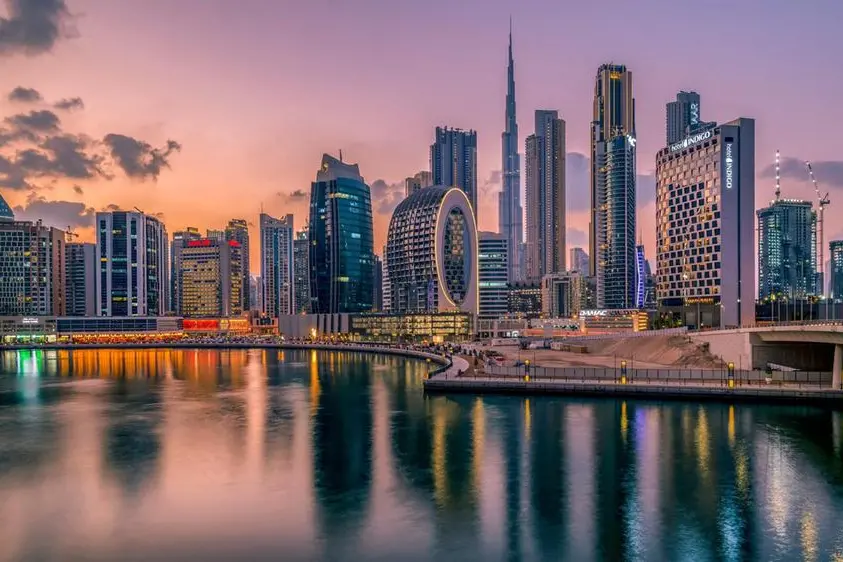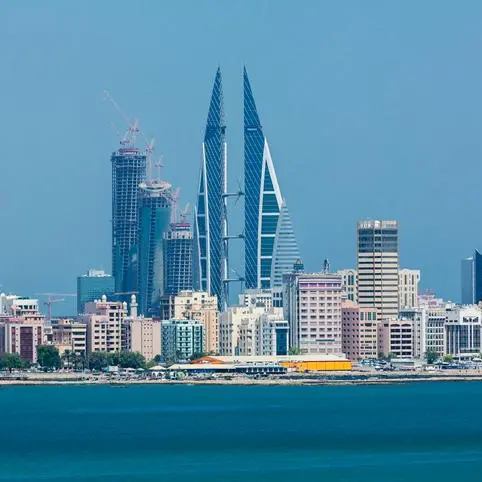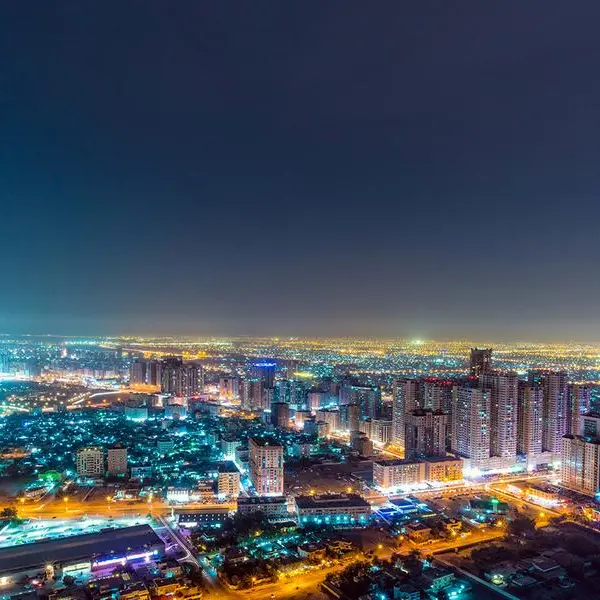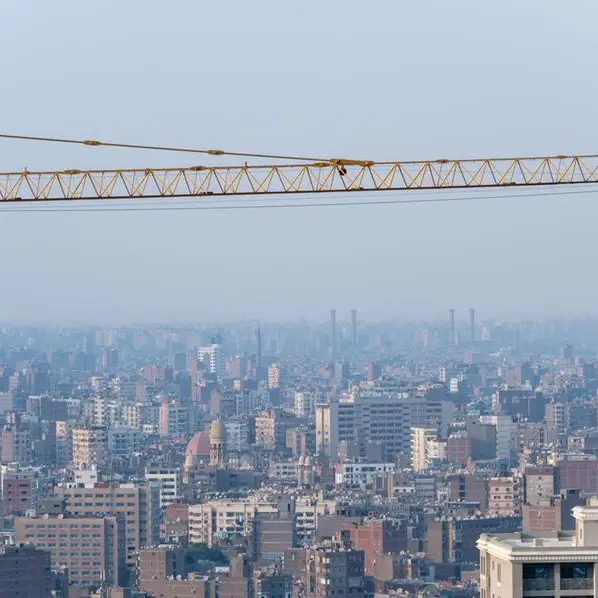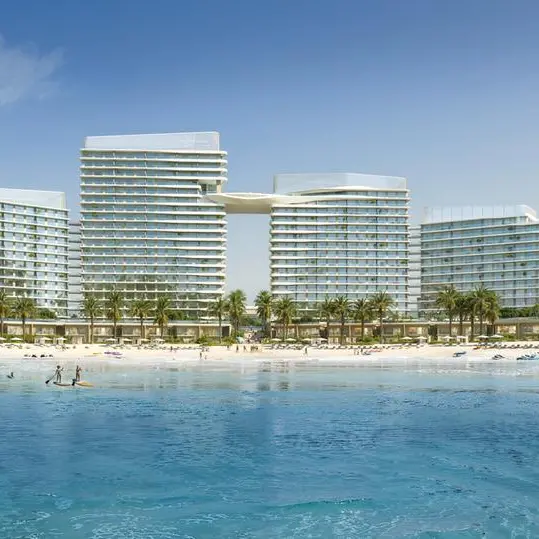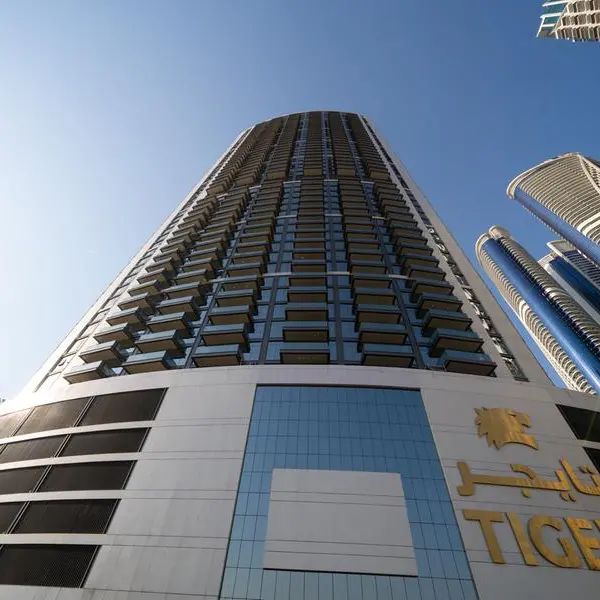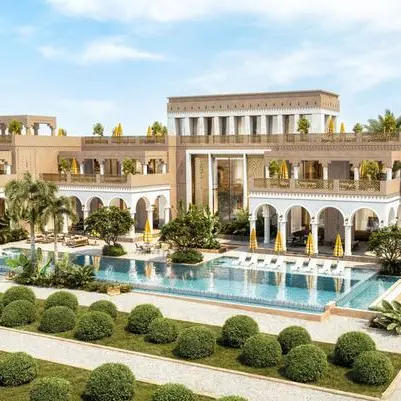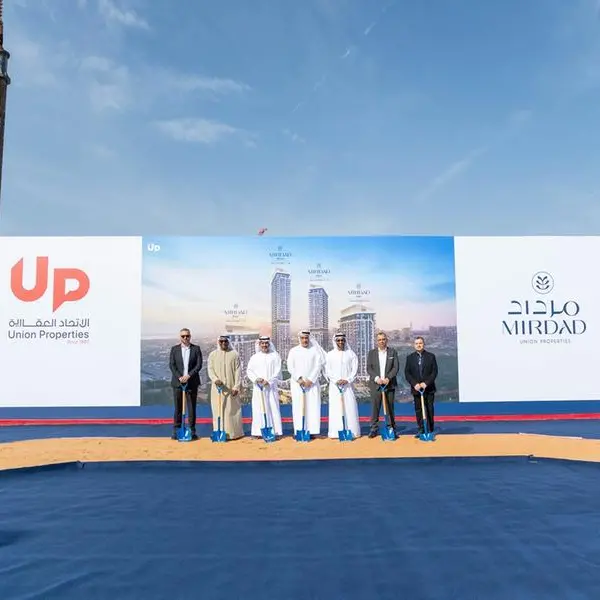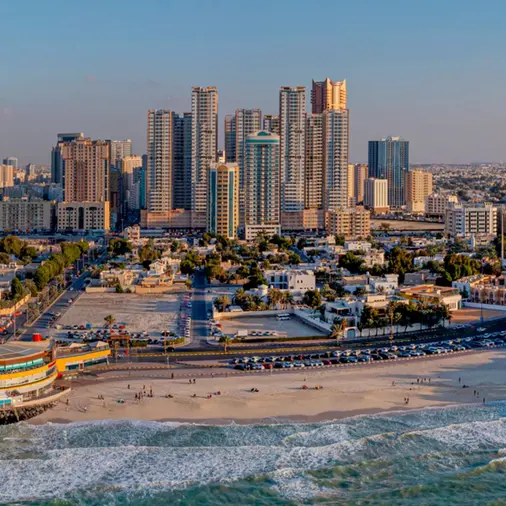PHOTO
Despite macroeconomic volatilities impacting the global real estate landscape, the UAE has witnessed strong momentum in the last quarter of 2022, signaling a steady growth pipeline in 2023, according to real estate expert JLL.
In the same context, JLL’s UAE 2022 Year in Review report offers a rear-view mirror perspective of 2022 while underlining the opportunities that lie ahead in the year.
Residential transaction activity in Dubai continued to grow robustly last year. Data from Dubai Pulse further demonstrates that transaction volumes in the emirate were up 51% between January and November while the value of transactions rose by 55%.
Anecdotal evidence suggests that the jump can be largely attributed to the spike in demand from foreign buyers, it stated.
Faraz Ahmed, Associate, Research at JLL Mena, said: "2022 has been a year of sustained growth for the UAE’s real estate sector as it continued to gather pace while benefiting from the country’s reliable economic policies, excellent infrastructure, safe haven status, and innate ability to adapt to new trends."
"Even segments like retail that faced headwinds initially in the year, recovered significantly in the last quarter. Looking ahead, we can expect the UAE to continue to attract the attention of both regional and international investors with aspirational offerings within the sector," noted Ahmed.
In addition, the delivery of 38,000 residential units last year pushed Dubai’s total supply to 680,000 units whilst, in Abu Dhabi, the delivery of roughly 6,000 units brought the capital’s residential stock to 279,000 units.
In 2023, the level of scheduled completions will be a little higher (41,000 units) in Dubai and the capital is slated to see the planned completion of 6,000 units.
In annual terms, average residential sales prices were up 10% and 3% in Dubai and Abu Dhabi, respectively, in Q4 2022. Though rents in Dubai grew by 27% over the same period, they largely remained flat in the capital, said the JLL report.
The standout performance of the residential sector once again exemplifies Dubai’s relative safe-haven status against the background of prevailing geopolitical and economic challenges in the world, it stated.
According to JLL, after a prolonged downturn in Dubai office rents, the sector saw a remarkable turnaround last year.
A combination of strong business conditions and limited availability of good quality office spaces was broadly responsible for double-digit growth in rental values, lifting them to levels previously seen in 2015.
Grade A rents in Dubai's CBD increased by 21% year-on-year in Q4 2022, to an average of AED2,100 per sq. m. per annum. Meanwhile, healthy leasing activities in Abu Dhabi have largely supported the 8% annual increase in Grade A rents to an average of AED 1,790 per sq. m. per annum, stated JLL in its report.
Furthermore, rising office demand and inadequate new completions translated into lower levels of availability in both cities. In the last quarter, vacancy rates in Dubai and Abu Dhabi fell to 11% and 23%, respectively, it stated.
Last year, the technology, finance, defence, and other professional services industries accounted for a large share of enquiries. The segment also witnessed a steady influx of new entrants, pushing up aggregate occupier demand, and leading to landlords offering fewer incentives, it added.
Moreover, the scarcity of well-managed, Grade A office space is causing occupiers to consider less expensive buildings and locations, presenting an opportunity for owners of Grade B assets to potentially capture the "spill-over" of demand for good-quality floorspace by upgrading their existing space.
Overall, in 2022, the stock of office space in Dubai rose by 30,000 sq. m. to reach 9.1 million sq. m. whereas an addition of around 8,000 sq. m. in Abu Dhabi increased the capital’s total stock to 3.9 million sq. m. In 2023, almost 100,000 sq. m. of office floor space is expected to be delivered in Dubai and over 35,000 sq. m. in Abu Dhabi, respectively.
According to JLL, the sustained rise of online shopping has led retailers to strengthen their digital presence to further bolster revenues in an increasingly competitive environment.
Although snarled supply chains and inflationary pressures were highlighted as key headwinds by market players last year, there were signs of easing in the second half.
The delivery of around 200,000 sq m of retail floorspace last year raised Dubai’s total stock to 4.63 million sq. m with about 355,000 sq. m of space scheduled to be delivered in 2023 across the city – a new super-regional mall and the expansion of two existing ones in the same category will account for the majority of it.
In the capital, however, the retail stock remained unchanged in 2022 at 2.89 million sq. m but is expected to increase by 232,000 sq. m this year.
After trending down in recent years, rents have broadly stabilized across both cities. In Q4, average rental values across primary & secondary malls in Abu Dhabi were flat when compared with the corresponding part of 2021 while rents in Dubai edged down by 1%.
However, it is important to note that well-located super-regional malls have benefited from returning tourists, leading to the growth in rents for this section. Average rents for super-regional malls in Dubai rose by 3% year-on-year in the last quarter of 2022, compared with Q4 in 2021.
Overall, to differentiate their offerings, owners and franchise operators remained focused on bringing unique entertainment concepts to drive footfall. What’s more, landlords have been offering favorable lease terms and incentives to attract new international brands, especially in the F&B segment.
Copyright 2022 Al Hilal Publishing and Marketing Group Provided by SyndiGate Media Inc. (Syndigate.info).
